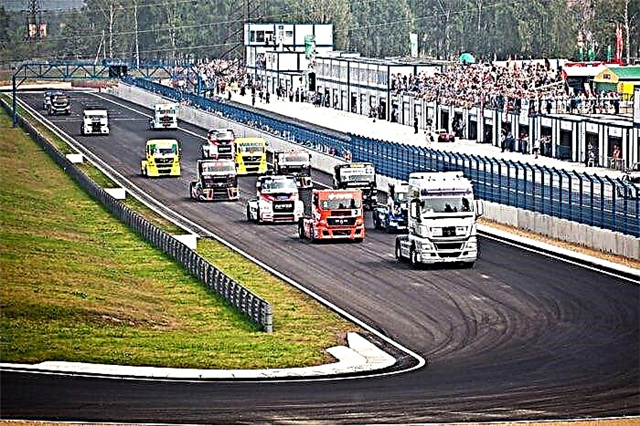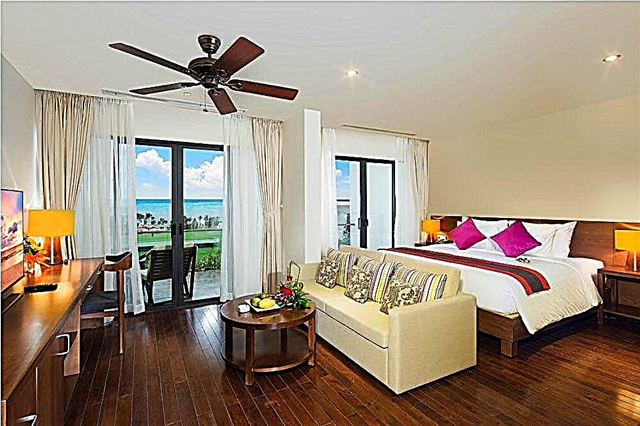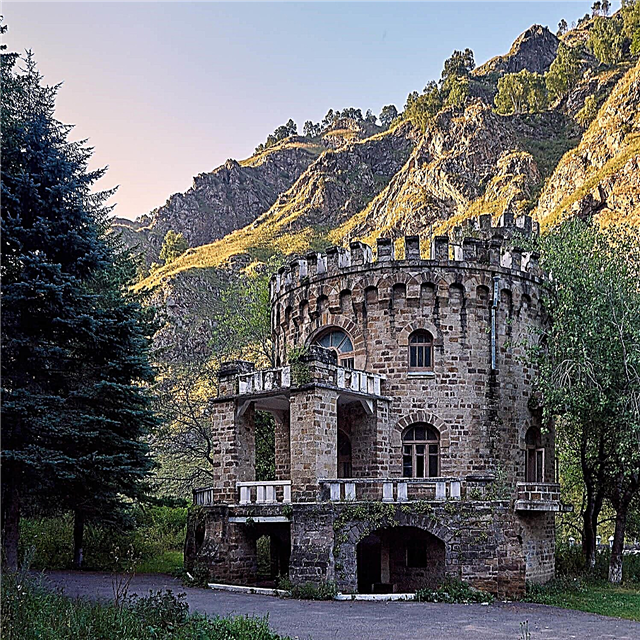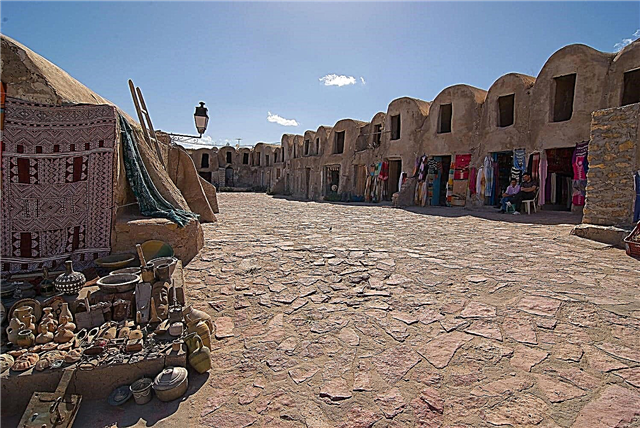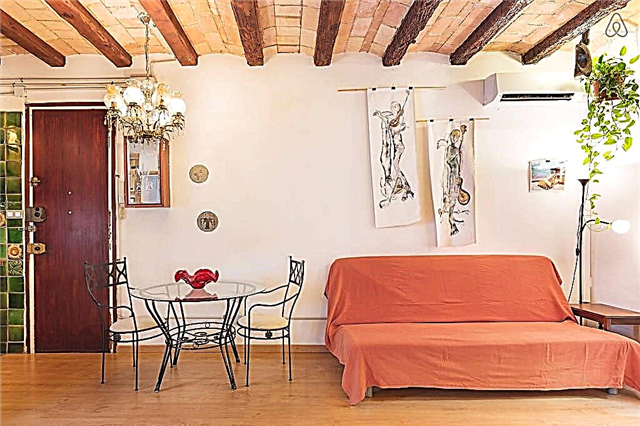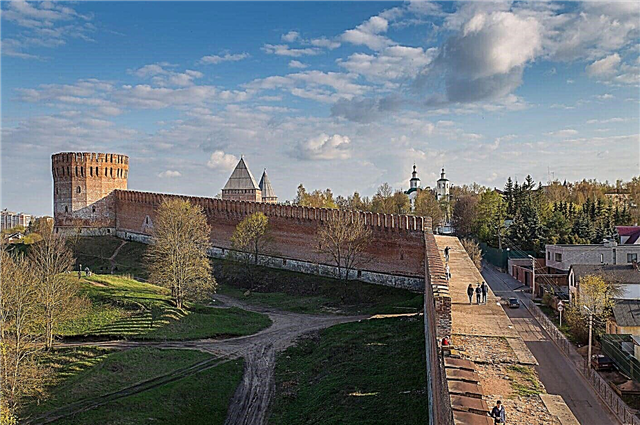The main tourist profile of the Smolensk region can be considered a variety of excursion programs and recreation surrounded by pristine nature. To do this, you should definitely visit the picturesque reserve "Smolenskoye Poozerie". Among the most spectacular sights of the region are historical monuments - the Khmelita Museum-Reserve, the center of Russian crafts in Talashkino, medieval defensive structures in Vyazma and Smolensk, unique Gnezdovsky burial mounds, monuments of temple architecture. There are many memorials and museums in the Smolensk region that tell about the glorious history of the region during the two patriotic wars. The life and work of famous people - M. Glinka, Y. Gagarin, A. Tvardovsky, N. Przhevalsky, A. Griboyedov - is connected with the Smolensk land.
The most interesting and beautiful places in the region
List, photos with names and descriptions of the main attractions!
Smolensk fortress wall
At the end of the 16th century, the wooden fortress walls around Smolensk, built under Ivan the Terrible, were decided to be replaced with stone ones. Under the leadership of Fyodor Kon, a talented Russian architect, a solid impregnable wall was built with a length of 6.5 km, with 38 towers of different shapes and heights. Each tower had its own name. Half of the grandiose defensive structure has survived to this day - 18 towers, two of which are open to museums, and about 3 km of walls.

Assumption Cathedral in Smolensk
The main temple of the Smolensk region and a popular tourist attraction. The construction began in 1677, several times the cathedral was rebuilt and finally built in the style of the Little Russian Baroque. Has a luxurious 30-meter five-tiered iconostasis, gilded, decorated with wooden sculptures. Particularly valuable relics are kept within the walls of the cathedral, including the sandals of the warrior of Mercury and the gold-woven shroud made in the 16th century.
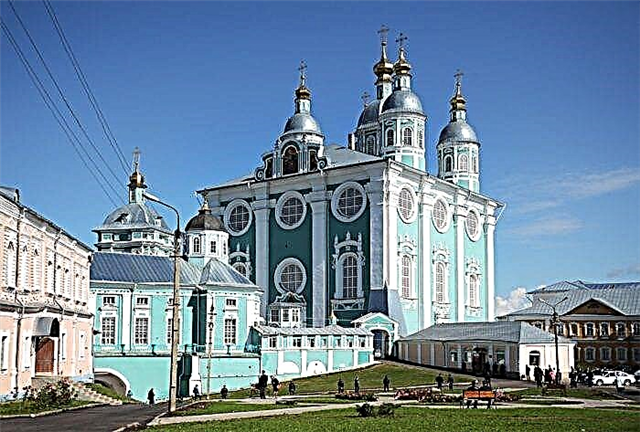
Vyazemsky John the Baptist Monastery
The construction of the monastery dates back to the middle of the 16th century. At various times, it was visited by royalty and the highest ranks of the clergy. In the 18th century, a religious school was opened here. Initially, the monastery was for men, but after a long inactivity, in 1995 it was transformed into a monastery. The main pearl of the monastery is the church of Hodegetria of the 17th century, three-hipped, with small kokoshniks, like a blossoming flower. There are only three such churches in Russia.

Historical and architectural complex "Teremok"
Talashkino and Flenovo at the beginning of the last century were the center of the cultural life of Russia. The owner of the estate, Princess Tenisheva, a well-known philanthropist, wished to revive the rural arts and crafts. She opened a school for peasant children, art workshops, organized a museum of applied arts, and invited famous artists. Nowadays, the museum complex includes a carved fairytale tower, manor and school buildings, a temple painted by Nicholas Roerich.

Khmelit's manor
From the end of the 17th century, the estate in the Vyazemsky district passed to the Griboyedov family. The construction of the Baroque manor house, church and outbuildings began in the middle of the 18th century. Young Alexander Griboyedov lived here from 1780 to 1812. Since the end of the last century, the only museum-reserve of the great playwright has been created in Khmelite. The Griboyedov Holidays are held here annually, gathering numerous guests, and the birthday of Alexander Sergeevich is celebrated.
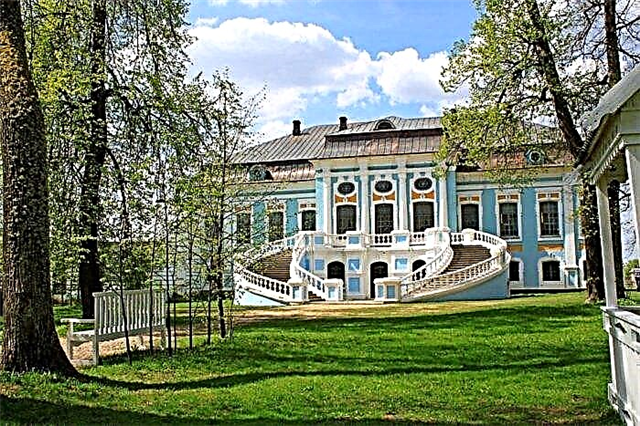
National Park "Smolenskoe Poozerie"
The national park with this name includes 35 picturesque bodies of water, which are mainly of glacial origin. The vast majority of the park's territory is covered with forests with unique species of flora, which are found in the Red Book of Smolensk region and Russia. The fauna of the park is extremely diverse; many species of birds nest here, including the rare black stork. In addition to natural treasures, Smolenskoe Poozerie is rich in archaeological monuments.
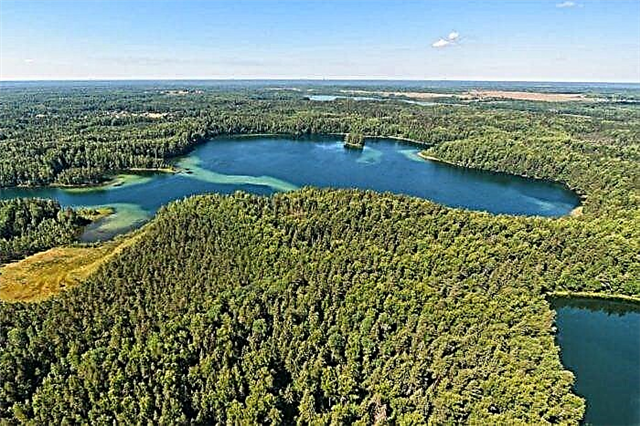
Memorial complex "Katyn"
International monument to citizens of two neighboring countries - Poland and the USSR, who became victims of political repression in the 30-40s of the last century. The memorial was opened in 2000 on the territory of the Katyn forest, between the villages of Gnezdovo and Katyn. There are Russian and Polish mass graves, a museum and exhibition center, an alley of memory and a wall on which the names of Smolensk residents sentenced to death are carved.
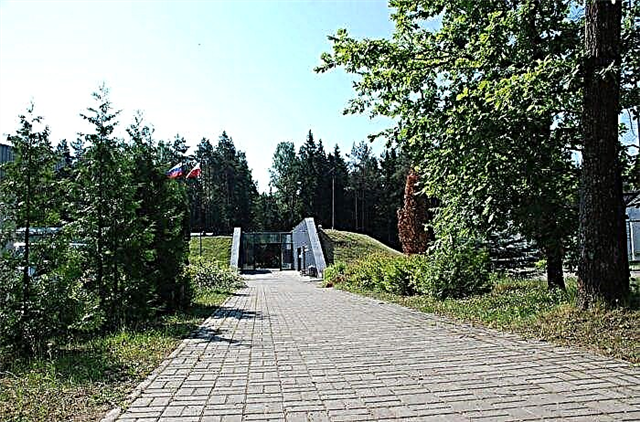
Catholic church in Smolensk
The Catholic community of Smolensk dates back to the middle of the 17th century, after the return of the Smolensk region to the Moscow state from the rule of Poles and Lithuanians. The first Catholic church appeared here in the 18th century, and the current Gothic church was erected at the end of the 19th century. It amazed with its external and internal decoration and could accommodate up to 6,000 people. It was adjoined by a Roman Catholic cemetery. At the moment, the temple is closed and needs restoration.
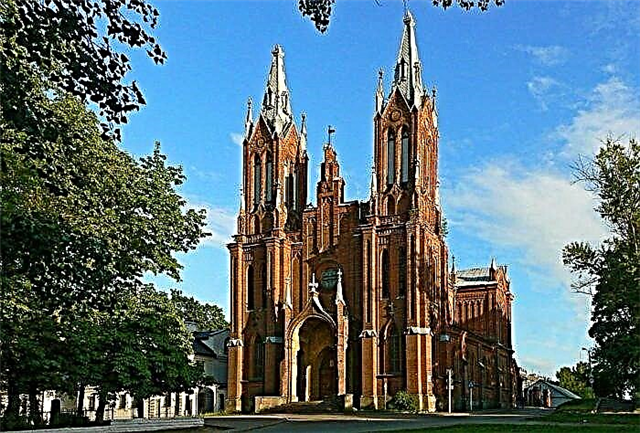
Gnezdovskie burial mounds
Not far from Smolensk, in the vicinity of the village of Gnezdovo, along the Dnieper, there is a complex of archaeological monuments of the early Middle Ages, burial mounds and a settlement. According to rough estimates, the settlement arose here in the 9th century, but with the development of Smolensk it gradually gave way to it and fell into decay. Local residents were engaged in trade and crafts. Among the items found are household utensils, weapons, jewelry, tools, pagan amulets.
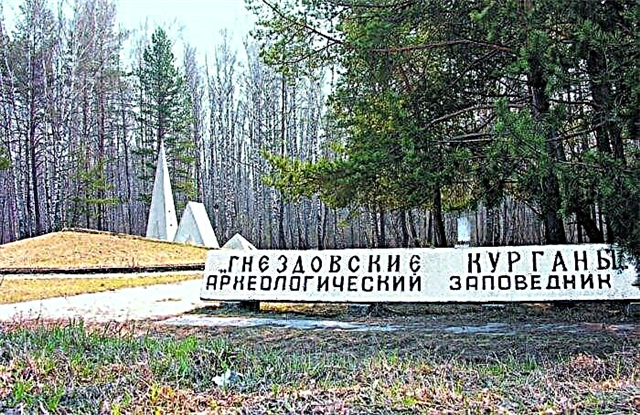
House-Museum of Yuri Gagarin in Klushino
In the village of Klushino, an exact copy of a wooden house under a reed roof, where the future cosmonaut spent his childhood, has been recreated. The interior is fully consistent with the pre-war period of his family's life - photographs, towels, icons, a Russian stove, a loom, a Singer machine. In the courtyard there is a dugout where the Gagarins hid during the German occupation. There is also a well, from which it is considered a good omen for all travelers.

Museum of the First Flight in Gagarin
Opened in 2011. In two halls there are exhibits, one way or another connected with the flight of the first cosmonaut. This space technology - flight control panels, the engine of the carrier rocket "Vostok", a pressure chamber in which the first cosmonaut corps was trained, an armchair "Vostok" with a catapult and a parachute. Also here are documents, photographs, newspapers, congratulatory telegrams. The trajectory of Gagarin's flight was plotted on the interactive ground-space system.

Museum-Estate of M.I.Glinka in Novospasskoye
The family estate of Mikhail Glinka, where he lived for 12 years before leaving for the St. Petersburg boarding house, and later often visited his parents, wrote here "Ruslan and Lyudmila" and other works. The main manor house and outbuildings were built by the composer's father at the beginning of the 19th century, and the stone church was built by his grandfather in 1786. The temple is still in operation, but the house has not survived and was rebuilt in accordance with the original layout in the 70s of the XX century.
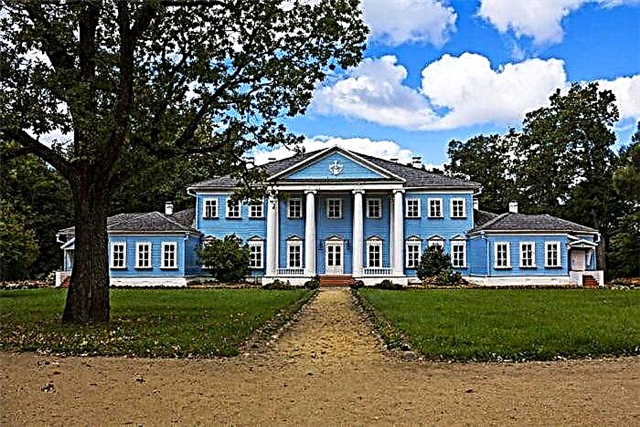
Holy Trinity Cathedral in Vyazma
The most important Orthodox church in Vyazma, towering on the Cathedral Hill. For the first time, a wooden church on this site was mentioned in the 10th-11th centuries, and a stone classical structure with elements of the pseudo-Russian style was erected in the 17th century. The cathedral contains valuable relics - the icons of the Iberian Mother of God, created in 1765, and the Virgin and Child, or Hodegetria, works of the 17th century. The cathedral is currently operating; a Sunday school has been opened on its territory.

Spasskaya Tower of the Vyazemsky Kremlin
The Vyazemsk Kremlin was not as powerful as the Smolensk one, it was built in the 17th century from wood, had 6 stone towers, but it coped well with its functions of protection from the Poles and Lithuanians.Today only one tower is left of it - Spasskaya. She survived because she was on the territory of the Arkadyevsky monastery. It is a three-tier structure with a height of 6 m at the base of the walls, and 4 m on the upper tiers. It was renovated in the last century.
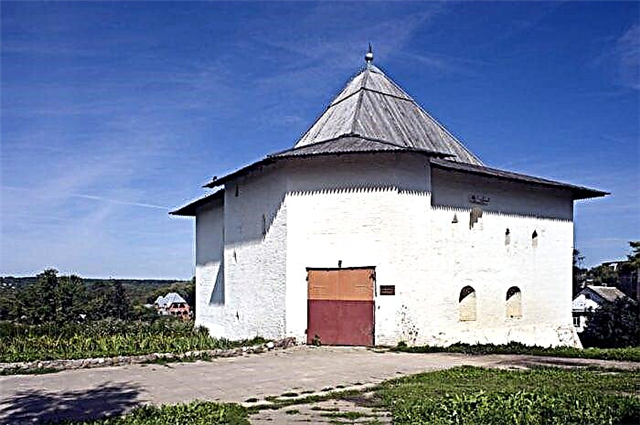
Blonier Garden
It was founded in the first half of the nineteenth century. In 1885, one of the first monuments in Russia dedicated to Mikhail Glinka was solemnly opened in the garden. A century later, speakers were installed near the monument, through which the works of the great Russian composer were broadcast. After the Great Patriotic War, trophy sculptures of deer and lions appeared in the park. Another attraction of the green corner of Smolensk is the musical and light fountain.

Mound of Immortality in Smolensk
The mound on the territory of Readovsky Park was solemnly opened in honor of the 27th anniversary of the liberation of Smolensk from the Germans. The hill was poured by hand, it looks like a pyramid with a base diameter of 40 m. On it there is a stele in the form of an open book with the dates of the beginning and end of the bloody war. Below is a wall with a bas-relief of a soldier, a partisan and a mother and child. Nearby, in memory of the selfless defenders of the Smolensk region, the Eternal Flame is burning.
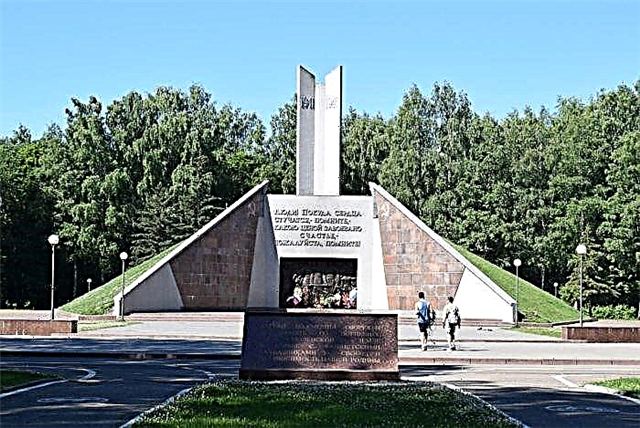
St. Vladimir monastery at the source of the Dnieper
In 2010, in the vicinity of the village of Dudkino, where the Dnieper begins, a holy temple was laid in honor of Vladimir, who baptized Russia. And in 2014, the construction of the monastery began. During the year, a refectory, fraternal, abbot building, a hotel, and a building for pilgrims were built. They also completed the construction of a temple, a belfry, ennobled the holy spring with a font and the adjacent territories, planted an orchard.
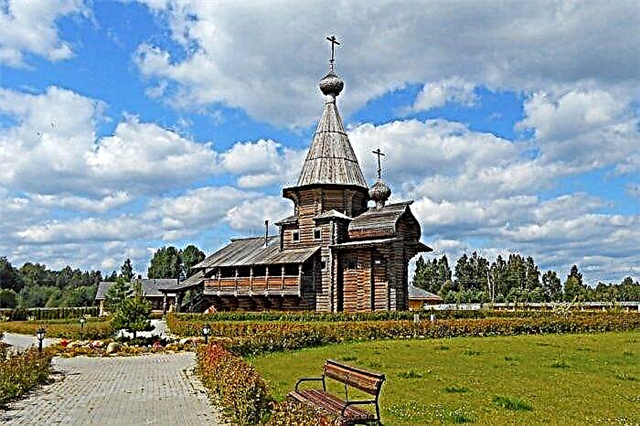
Spaso-Preobrazhensky Monastery in Roslavl
The approximate time of the founding of the monastery is the 16th century. The architectural ensemble of stone was fully formed during the 19th century. It included two churches, a bell tower, buildings with brotherly cells, the abbot's house, a stone wall with towers and the Holy Gates. A picturesque park was laid out next to the monastery. Like most holy places, the monastery was inactive from 1929 to 1996. Now an Orthodox gymnasium has been opened on its territory.

Trinity Boldin Monastery
Male active monastery. Located near Dorogobuzh. It was founded at the beginning of the 16th century. The territory of the monastery includes 3 temples, 2 chapels, a bell tower, a necropolis, a rector's and fraternal buildings, a monument to Gerasim Boldinsky. During the years of Soviet power, most of the buildings fell into disrepair. Large-scale restoration began in the early 90s, when the monastery was returned to the church. All buildings have been restored by now.
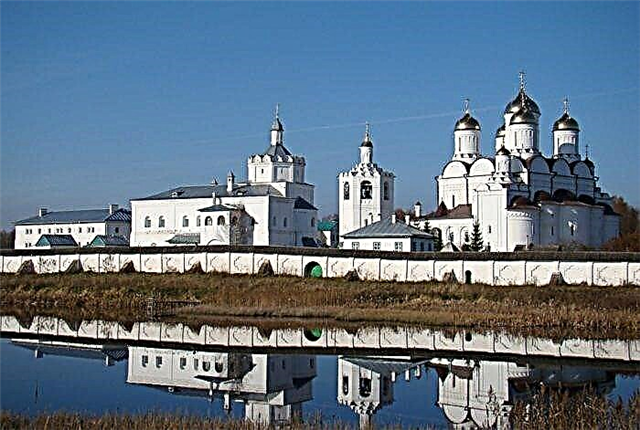
Memorial "Mother of God"
The memorial complex was opened for the 60th anniversary of the Great Victory. It is dedicated to the memory of the soldiers who fell in these places, near Vyazma, in the German encirclement in the fall of 1941. At that terrible time, 688 thousand military and civilians were captured by the Germans, about 400 thousand people were killed and missing. Until now, search work is underway, the remains of the dead are found and reburied. The complex includes a museum, the expositions of which are dedicated to the tragic event.
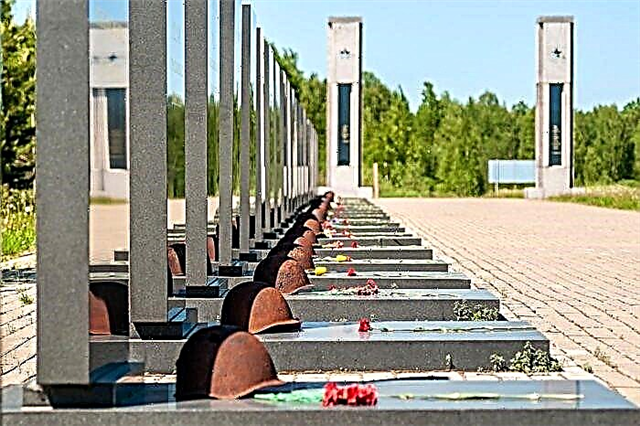
Art gallery in Smolensk
The museum is located in a magnificent building, built at the end of the 19th century and belonging to the Alexander School. The collection of the museum includes ancient icons, canvases by famous masters of Russian painting of the past and modern times, wood sculptures of the medieval period, samples of Western European painting. Using a QR code, you can download a mobile guide to your smartphone and find out information about any work of art.
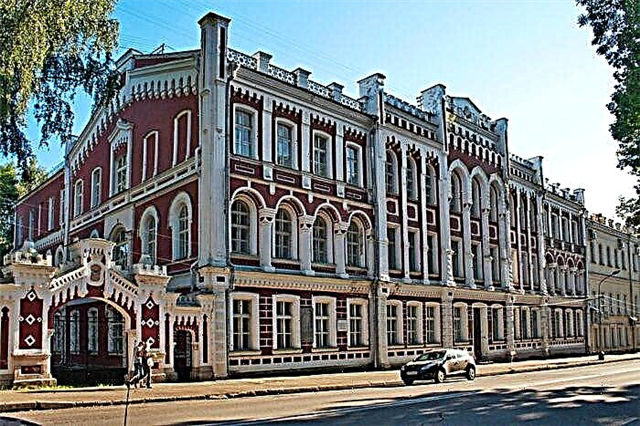
Historical Museum
One of the oldest museums in the region. Its history dates back to the end of the 19th century. Keeps unique archaeological finds from ancient times - tools, jewelry, religious items, the skeleton of a mammoth. No less interesting are exhibitions dedicated to the period when Smolensk was part of the Old Russian state, the war of 1812, the life of the Smolensk nobility during the 19th century, and the events of the First World War. The museum is located in a three-story mansion from the century before last.
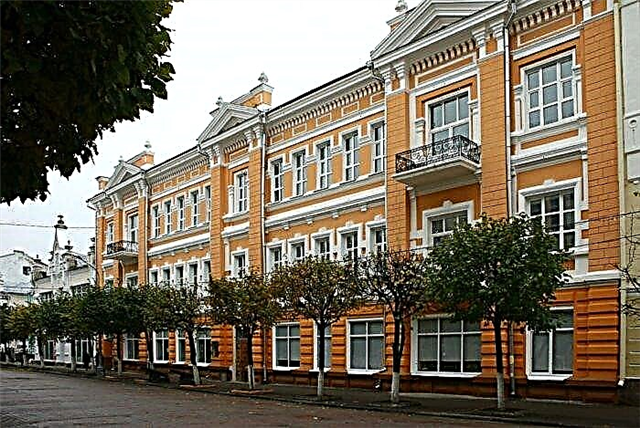
Museum of Sculpture S. T. Konenkov
Smolensk is the birthplace of a talented sculptor, so the opening of a museum of his works in the regional center is quite natural. The museum is located on two floors of a luxurious mansion from the century before last. Among its exhibits are characters from famous fairy tales, pieces of furniture, biblical images, portraits of writers and scientists, ordinary people, there is even a self-portrait of the master himself. Sergey Konenkov used plaster, bronze, wood and marble as materials for his sculptures.
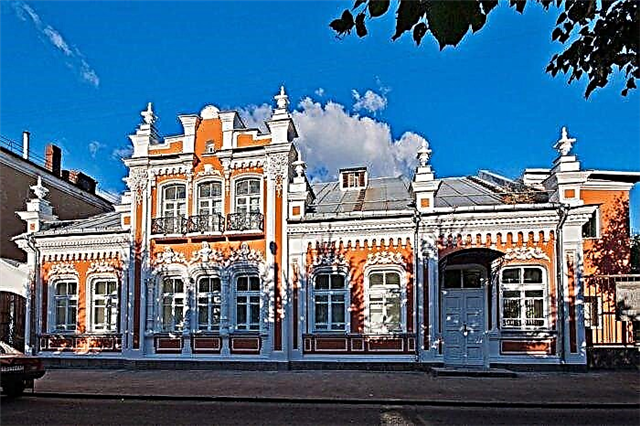
Museum "Smolensk - the shield of Russia"
The Thunder Tower - part of the majestic Smolensk fortress wall - has turned into a museum of military glory and history of the Smolensk region. The walls of the fortress were erected in the 16th-17th centuries, since then it has been a participant in many historical events and wars, and all this is displayed in the museum's expositions. There are collections of weapons, clothes, household utensils, as well as an interactive model of the fortress in its original form. At the top of the tower, under the very dome, there is an observation deck.

Vyazemsky Museum of History and Local Lore
Located in the building of the Mother of God Church. The expositions of the museum are devoted to different historical periods in the life of Vyazma, the famous residents of the city, peasant and urban life, theatrical life and other topics. In total, the museum funds contain 16 thousand exhibits - photographic documents, items of clothing, furniture, everyday life, archeology, weapons, numismatics, etc. In the souvenir shop you can buy works of local craftsmen, as well as the famous Vyazma gingerbread.
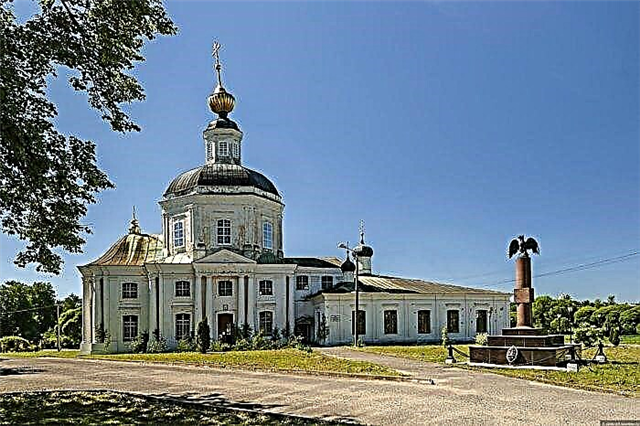
Museum "Smolensk Region during the Great Patriotic War 1941-1945"
The first days of the Great Patriotic War, the occupation of the Smolensk region, the chronicle of the underground and partisan movement, the liberation of the native land, the exploits of the Smolyans on the fronts of the country and abroad, during the liberation of Eastern Europe. Guided tours of the museum cover each of these topics in detail. Expositions are presented not only in several museum halls, but also in the courtyard, in the open air. Samples of military equipment will be of interest to visitors of all ages.
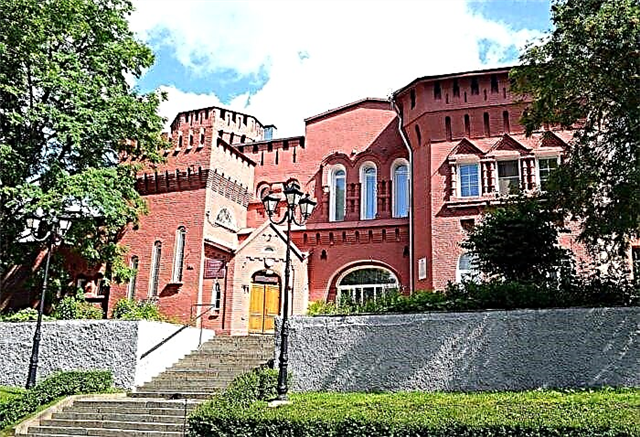
House-Museum of N.M. Przhevalsky
It is located in the village of Przhevalskoye on the territory of the "Smolensk Poozerie". Here was the estate of the famous traveler, where he lived for 7 years, and from where in 1888 he went on his last expedition. The house and interiors were recreated from photographs and archival documents. The museum displays weapons, hunting trophies, things brought from numerous expeditions, maps, books, a camera. A particularly valuable exhibit is a telescope donated by Nicholas II.
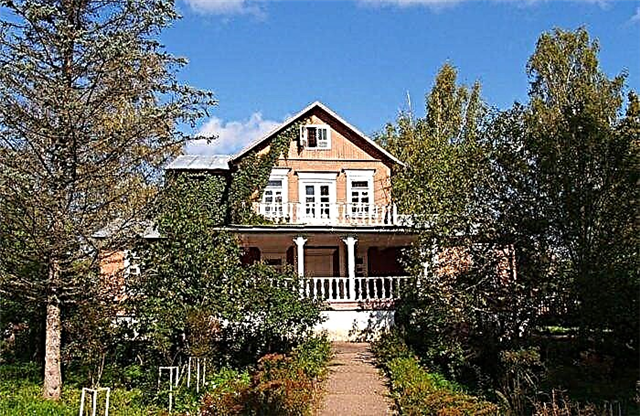
Church of the Archangel Michael in Smolensk
An architectural monument of the XII century. It was built of slab bricks in the form of a four-sided tower with three annexes. It was located in the prince's court and, judging by the ancient chronicles, was one of the most richly decorated churches in all of Russia. Unfortunately, almost nothing remained of the interior decoration, only fragments of painting on the walls. The restoration of the temple began in the second half of the last century. And since 1991, after a 60-year hiatus, the divine services have resumed.
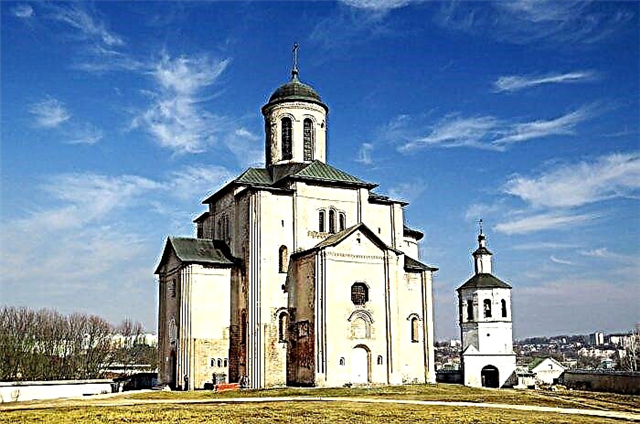
Globe in Dorogobuzh
An original attraction of the Dorogobuzh district is a huge globe on the territory of a chemical plant, made by its workers from a gas tank for nitrogen accumulation. Globe height - 12 m, diameter - 10.5 m. These parameters make it the largest in Europe and the second in the world after New York. A globe is installed a meter from the ground on eight pillars. The painting was carried out by professional artists of Smolensk.

Smolensk ring
Ring track for international racing. It was opened in 2010 near the village of Verkhnedneprovsky. It has a total length of 3357 m.Track days are sometimes held on the track, when anyone can try their hand at racing conditions on their own or rented car. Among the serious competitions that took place during the existence of the track, one can note the European truck racing championship and Russian touring car races.
